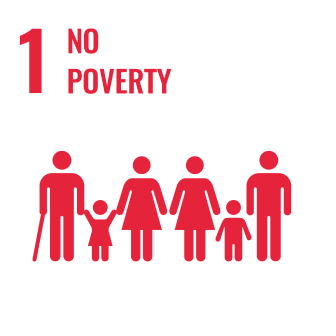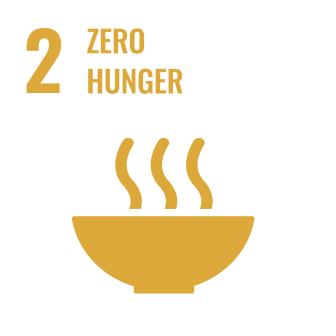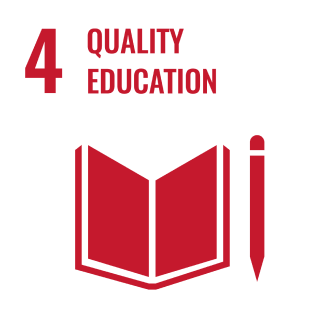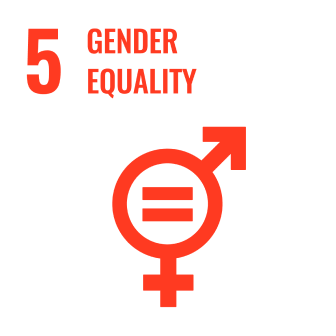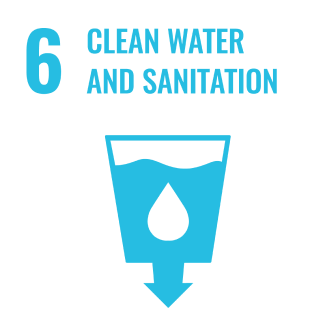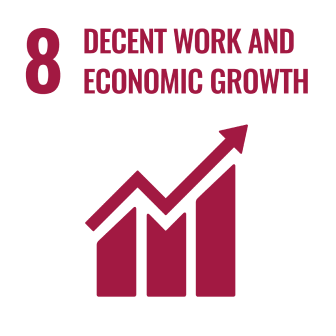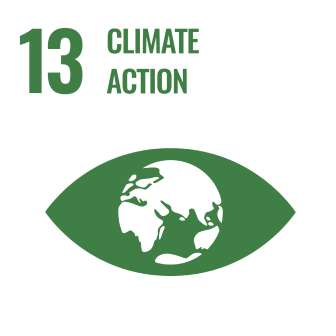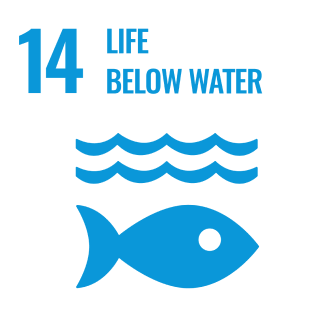Lep-lep - Senegal Blue Carbon
The Lep-lep project restores degraded mangrove areas and improves lives of vulnerable communities in the Sine Saloum and Casamance delta in Senegal.
The Lep-lep project will restore 750 hectares of severely degraded mangroves in Senegal during 2025–2027.
Project type
Blue Carbon
Area
750 hectares
Emission removal capacity
624,855 t
UN Sustainable Development Goals addressed
Challenges
In Senegal, mangrove estuaries are disappearing at an alarming rate. Since the 1970s, around a quarter of all the country’s mangrove forests have been lost. Droughts and deforestation have claimed a total surface area of approximately 45,000 hectares of mangroves. The major reasons for mangrove loss are unsustainable development practices and extreme weather events.
Solution
The project will restore 750 hectares of severely degraded mangroves in the Bignona Department, the Ziguinchor region of Senegal, during 2025–2027, with continuing support for forest protection for 30 years to come and aiming to extend for up to 100 years.
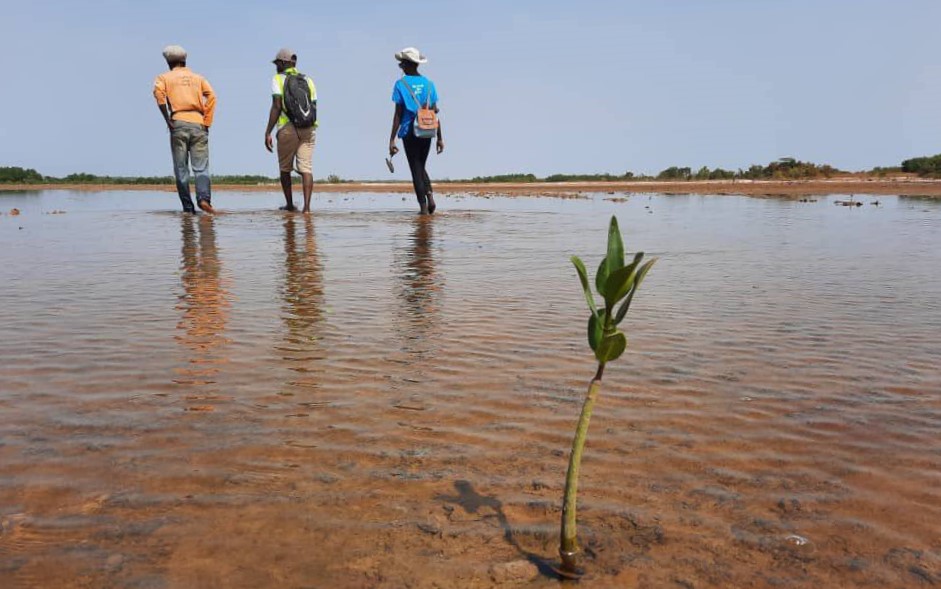
To achieve this, Vlinder is partnering with We Build the Future, an impact-driven association focused on empowering local communities and enhancing livelihoods through sustainable practices. With 15+ years of experience of the project directors in government relations, social impact projects, and securing international sponsorships, the organization plays a key role in project success. They prioritize projects that focus on the autonomization of communities by teaching sustainable skills, helping people "catch the fish" rather than just providing it.
The project is underpinned by a series of strategic objectives aimed at balancing ecological restoration with socio-economic development. Rehabilitating critical mangrove ecosystems to their natural state, it enhances biodiversity, and reinstates their vital ecological functions. Beyond environmental restoration, the project is committed to promoting sustainable livelihoods among local communities. This involves creating alternative income sources, enhancing community skills, and fostering a sense of ownership and participation in the project.
Environmental benefits
Mangrove forests are biodiverse habitats of great ecological significance
- Mangrove ecosystems serve as nurseries for fish, marine life and coral reefs, tropical birds, crocodiles and animals
- Mangrove roots act as a filtration system and capture silt preventing siltation in seagrass meadows and on coral reefs
- Mangrove forests decrease the danger of erosion and salt intrusion
- Mangrove reforestation reduces the impacts of storms and storm surges thereby reducing loss of lives and property damage
Community benefits
The project introduces income generating activities and reduces poverty among the country's vulnerable coastal communities
- New jobs for local people
- Value-added livelihoods and new revenue streams
- Community education and upskilling
- Training of community groups in mangrove restoration and providing employment for vulnerable populations
- Capacity building, training and awareness with a particular focus on empowering women
- Protecting people in the project area from extreme weather events like tsunamis and floods
Partner
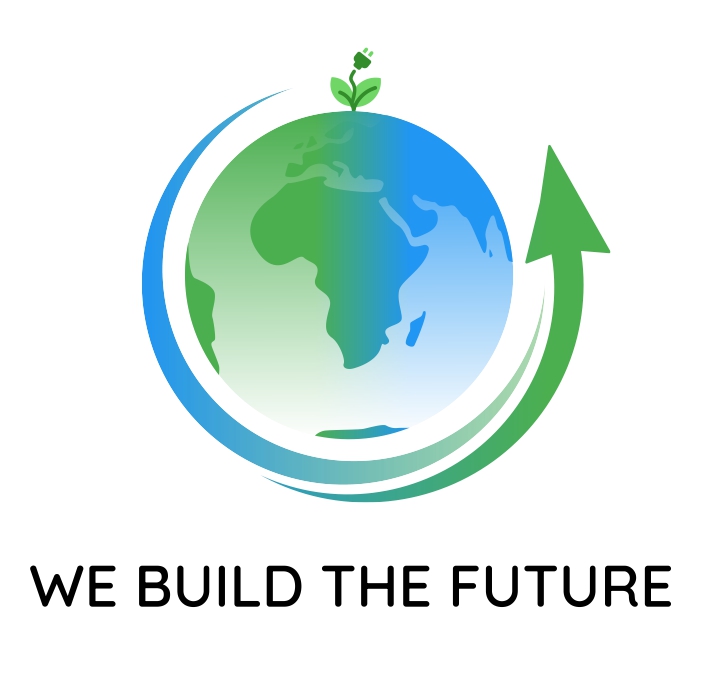
Progress
Documents
Project description: VCS |
